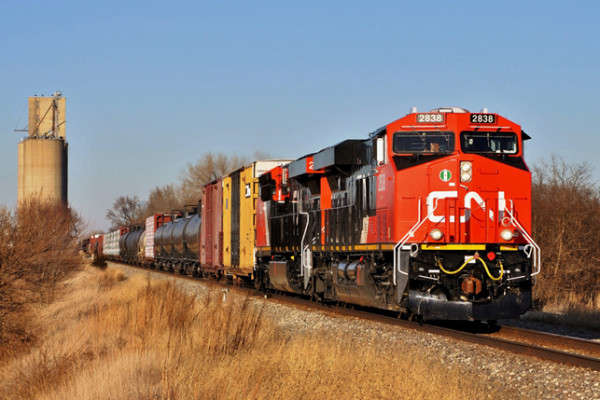Another busy week in the world of Dangerous Goods, EH&S, and associated regulations:
FMCSA:
- The Federal Motor Carrier Safety Administration (FMCSA) extended the comment period for its proposed rulemaking revising the way in it assigns “Carrier Safety Fitness Determinations.” These determinations can be important to carriers for reasons like frequency of inspections, insurance costs, and sundry other operating parameters. Want to know more? Here’s the link
- Both FMCSA and the Federal Railroad Administration issued a joint proposed rulemaking dealing with sleep disorders among drivers and train crews; a safety issue that often emerges as a contributing factor in accidents. The NPRM would require carriers to test and record the results of testing for such disorders among affected employee populations. This may not sit well with the privacy concerns of operating unions, who often are at odds with carrier management over the causes of alleged sleep related accident accusations, often blaming such events on the erratic hours and schedules many transportation employees are required to work. Get the latest here
Lithium Batteries and MH370 Speculation:
- Last Tuesday marked the second anniversary of the loss of Malaysian Airlines Flight MH370, which disappeared during a routine passage from Kuala Lumpur to Beijing. All those aboard perished in what is to date one of modern aviation’s biggest mysteries; a few pieces of what may be parts of the plane have turned up on beaches along the East African Coast, but so far at least no one really knows what happened. Speculations runs rife as to cause, with a load of Lithium Batteries aboard being merely one of many competing theories, none of which are likely to ever be confirmed absent finding the aircraft and salvaging whatever evidence may remain. See the latest
U.S. EPA:
- The US Environmental Protection Agency (USEPA) released a new set of guidelines related to use and mitigation of the hazards of the agricultural defoliant Paraquat. This chemical is among the more common such defoliant products on the market and is in widespread use—among its more infamous application being the aerial eradication of illicit marijuana cultivation.
- The USEPA is fielding a new NPRM which will if implemented as written significantly revise the way in which the agency requires the creation, structuring, and content of risk management and accident prevention programs for industries which carry a potential risk of hazardous chemical releases. The new guidelines are in response to an executive order mandating greater safety practices at such sites. Among many other provisions, new regulations would require third party risk analyses in the event of an incident. Interested? Here’s the info
PHMSA:
- On March 3rd the Senate acted under bill S. 2276 to reauthorize PHMSA through 2019. Consent was unanimous. Similar action is pending in the House. See the legislation
Transport Canada:
- Released for comments towards another action in a series of regulatory updates related to the design and qualification of large means of containment as that terms relates to rail tank cars; this, continued fallout from 2013’s tragedy at Lac Megantic, Quebec. Operators and builders in Canada will want to take note; US carriers should note that similar rules inevitably find their way in to US harmonization efforts. Here’s your story and chance to contribute
IATA:
- Lithium Batteries are going through yet another iteration of change to their handling rules for shipment by air. IATA released its most recent revision to its guidelines for this always very actively revised commodity
Australia:
The government of Australia has just released a lengthy revision to its Dangerous Goods Regulations; shippers to the Antipodes may wish to have a look at the new rules
Labelmaster is a full service provider of goods and services for the Hazardous Materials and Dangerous Goods professional, shippers, transport operators, and EH&S providers. See our full line of solutions at www.labelmaster.com.
Photo credit: This week finds proposed rules regarding revised tank car standards and crew fatigue issues under consideration in both Canada and the United States; here a Canadian National Railways train is southbound with tank cars as part of its lading in December of 2013. © 12/2013 by Nikki Burgess; all rights reserved.



